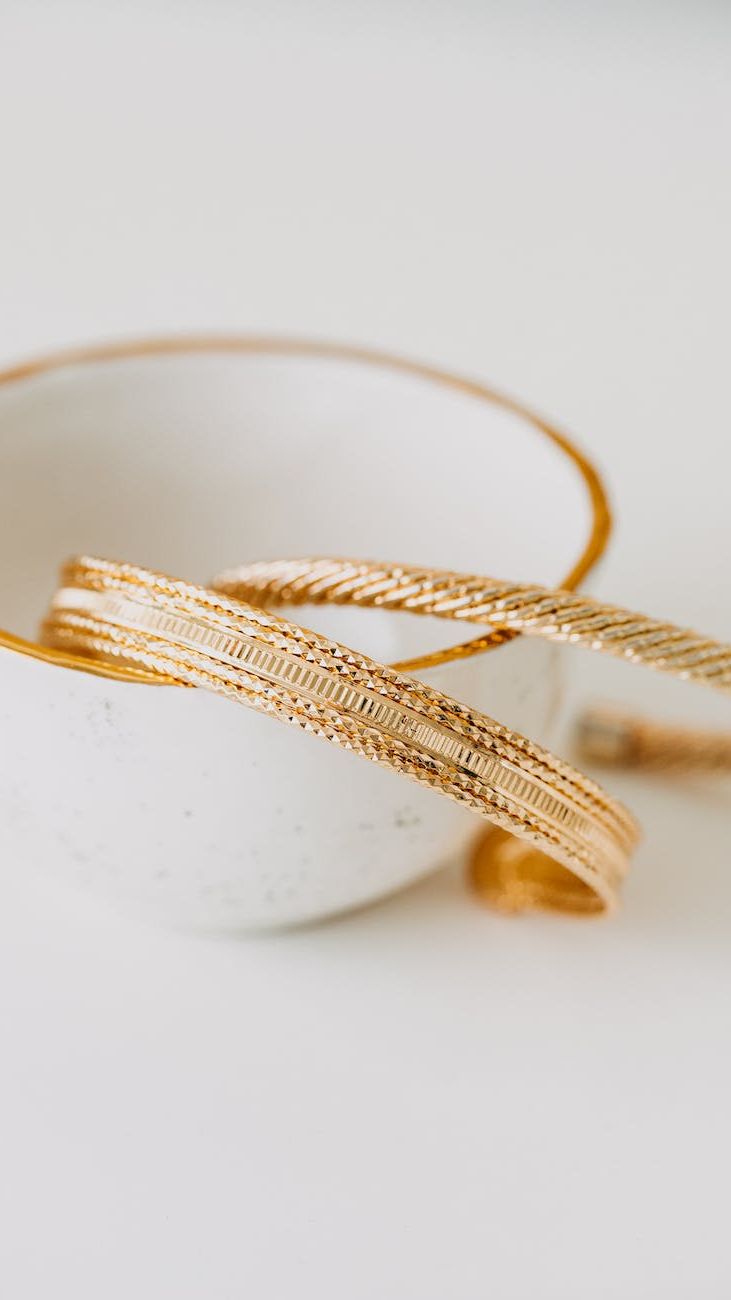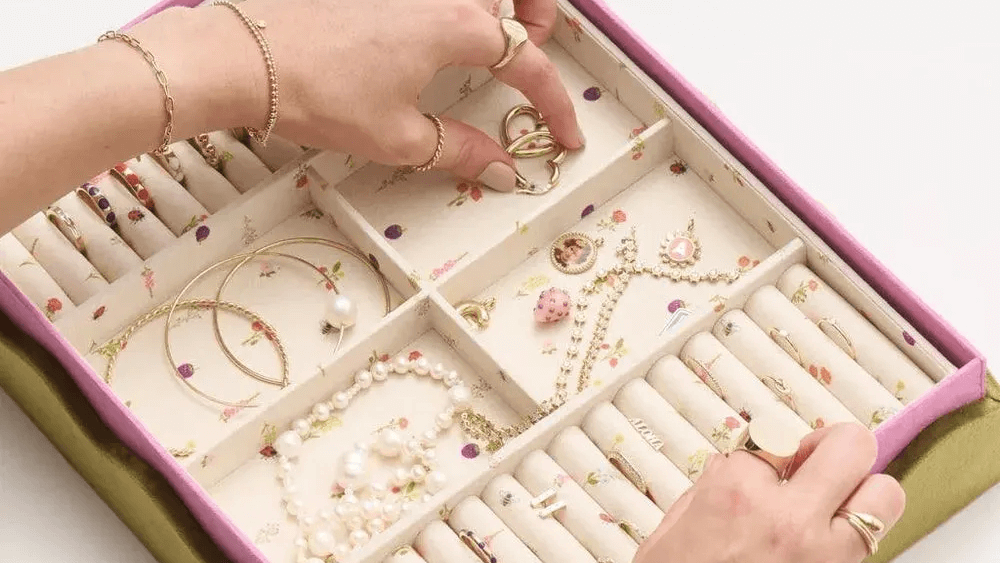
The Cultural Significance of Anklets: Exploring Their History and Symbolism
The Cultural Significance of Anklets: Exploring Their History and Symbolism
Anklets, also known as ankle jewelry, have a rich history and hold great cultural symbolism as traditional accessories. These pieces of jewelry, worn around the ankle, have been cherished for centuries and continue to symbolize various meanings across different cultures.
Anklet History
The history of anklets dates back thousands of years, with their origins rooted in various ancient civilizations. From ancient Egypt to India, anklets have been an integral part of cultural heritage, serving as both decorative adornments and symbolic representations.
In ancient Egypt, anklets were worn by both men and women and were often adorned with charms and amulets. They were believed to bring good fortune and protect the wearer from evil spirits. In India, anklets, known as "payal" or "pajeb," have been traditionally worn by women and hold great religious and social significance. They are commonly associated with femininity, marital status, and are often given as gifts during special occasions.
Symbolic Meaning
Anklets carry various symbolic meanings, with some common themes being femininity, beauty, and spirituality. They can represent a woman's grace and elegance, accentuating the natural movement of the ankle. In some cultures, anklets are also seen as fertility symbols, believed to enhance a woman's chances of conceiving.
Moreover, anklets can carry religious and spiritual connotations. In certain Hindu traditions, anklets are considered sacred and are worn during religious ceremonies and rituals. They symbolize devotion to a particular deity and are believed to bring blessings and protection.
Cultural Heritage and Modern Trends
The cultural heritage associated with anklets has transcended time and continues to influence modern fashion trends. While anklets were traditionally made of natural materials such as shells, beads, or precious metals, contemporary designs now incorporate a wide range of materials, including charms, gemstones, and even synthetic materials.
Today, anklets are not only worn for their cultural significance but also for fashion purposes. They can add a touch of personal style to any outfit, whether it's a casual beach look or a formal evening attire. Regardless of the specific design or materials used, anklets serve as a reminder of the rich cultural history behind this ankle adornment.
Anklet Traditions
Many cultures have their unique anklet traditions that have been passed down through generations. In some parts of the Middle East, for example, it is customary for brides to wear ornate gold anklets as a symbol of prosperity and good luck for their marriage. In contrast, in certain African societies, anklets are worn as a status symbol, signifying wealth and social standing.
While the specific meanings and customs may vary, one thing remains constant – anklets continue to hold immense cultural significance and are treasured as more than just a piece of jewelry.
Conclusion
Anklets, with their deep-rooted history and symbolism, serve as a bridge connecting the past and the present. From ancient civilizations to modern fashion trends, these ankle adornments have stood the test of time and continue to be cherished worldwide. Whether worn as a cultural emblem, a fashion statement, or a personal expression of style, anklets truly embody the cultural heritage and profound meaning associated with ankle jewelry.



